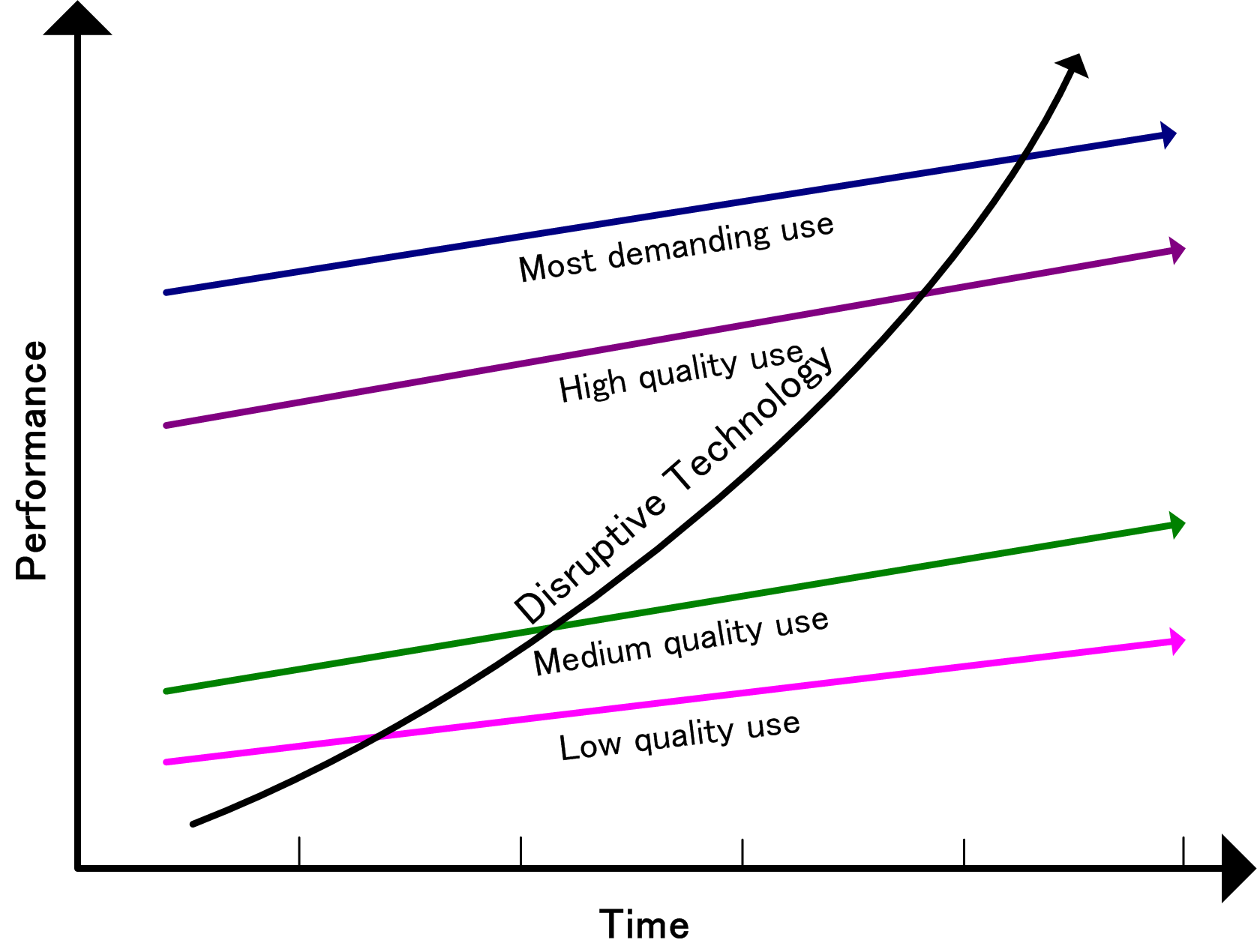Many nonprofits and social enterprises face constant pressure to be “innovative,” whether from funders or charitable business leaders who want to offer their expertise from the world of venture capital and Silicon Valley.
For anyone singing the constantly innovating blues, in a recent issue of the New Yorker, Jill Lepore has a wonderful takedown of the whole theory of “disruptive innovation,” the business school idea that any enterprise that focuses on slow and steady continual improvement will be left in the dust by ruthless, reckless startups and “innovators” who jump feet first into something new and totally different before they can even do it well.
There is, she notes, surprisingly little historical evidence to support the theory, given its wide spread adoption, and most of it is merely hand-picked case studies, with equal or stronger counterexamples against passed over. New and innovative for its own sake does not always succeed.
“Disruption is a theory of change founded on panic, anxiety, and shaky evidence,” she writes.
Plus, as Lepore notes:
Innovation and disruption are ideas that originated in the arena of business but which have since been applied to arenas whose values and goals are remote from the values and goals of business. People aren’t disk drives. . . .
Doctors have obligations to their patients, teachers to their students, pastors to their congregations, curators to the public, and journalists to their readers—obligations that lie outside the realm of earnings, and are fundamentally different from the obligations that a business executive has to employees, partners, and investors. . . . Charging for admission, membership, subscriptions and, for some, earning profits are similarities these institutions have with businesses. Still, that doesn’t make them industries, which turn things into commodities and sell them for gain.
Clearly, the same could be said for most of the nonprofit field. This is why so many people off the record will roll their eyes and discuss whether they can cast the crucial long-haul work that they do as somehow “innovative” to keep the doors open.
The field even seems to, albeit belatedly, possibly be adopting “disruption” as well as “innovation.”
Just after I read Lapore's article, I was intrigued to see that the Living Cities 2013 annual report is called Disrupting Inequality. Now, I'm not sure if that's embracing disruptive innovation or attempting to redirect it, and certainly inequality seems like a much better candidate for setting a goal of actually disrupting than, say, the hotel industry or the market for taxi services. But I doubt it's accidental that the language came to mind. Certainly their goal of, for example, making “structural change to long-broken systems“ is essential.
Some things need disrupting: Inequality. The fossil fuel extraction industry. Racism.
But accomplishing that generally takes continuous incremental improvement, thoughtful adoption of new approachs, and consistent, stubborn, long-haul application of some fairly basic and evergreen strategies like organizing, political engagement, and community planning. So very often what we need is will and coordination to implement well-known solutions, not some radically new solution.
John Maynard Keynes once famously said “Practical men, who believe themselves to be quite exempt from any intellectual influence, are usually the slaves of some defunct economist.” I'd like to think that we won't add on to his quote “or business school professors.”






I think the words “disruptive” and “innovative” are horribly overused, and probably used the wrong way a lot of the time.
With that said, however, I do think a lot of nonprofits are following outdated business models and perhaps need to rethink their strategies and tactics, in order to keep up. If you’re still doing everything based on what you were doing 20+ years ago, it’s time to shake things up. We live in a more immediate world now — donors and the general public are demanding more real results, not just studies and lofty theories crafted behind a desk.